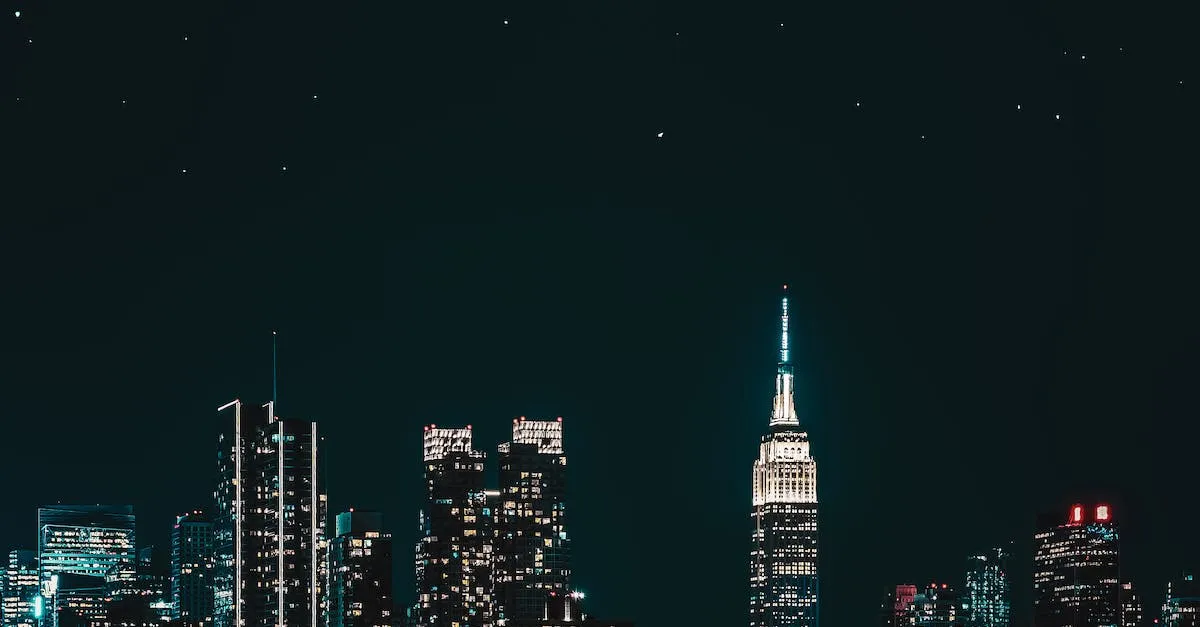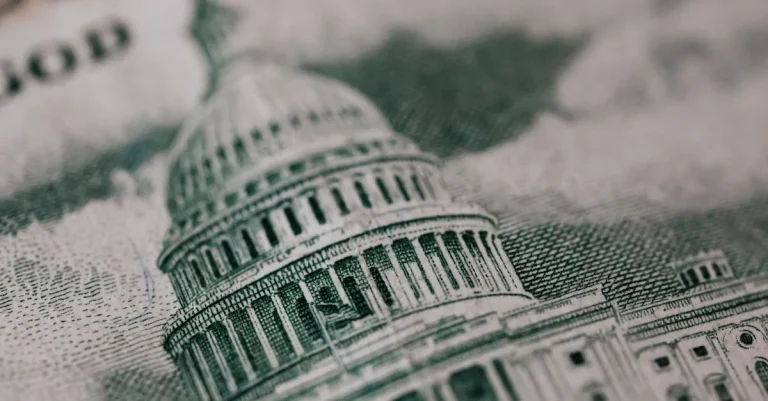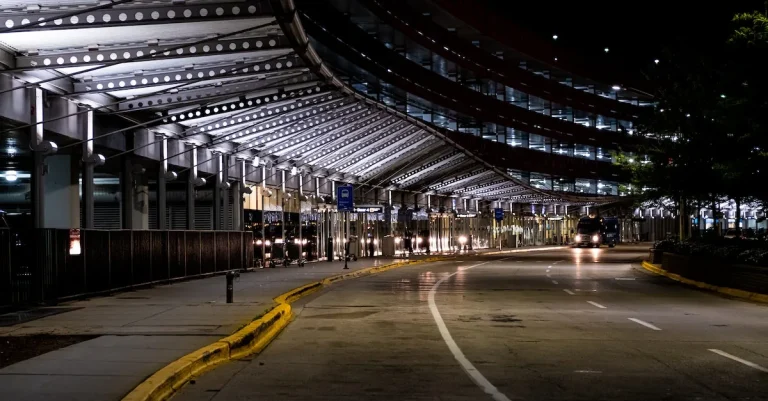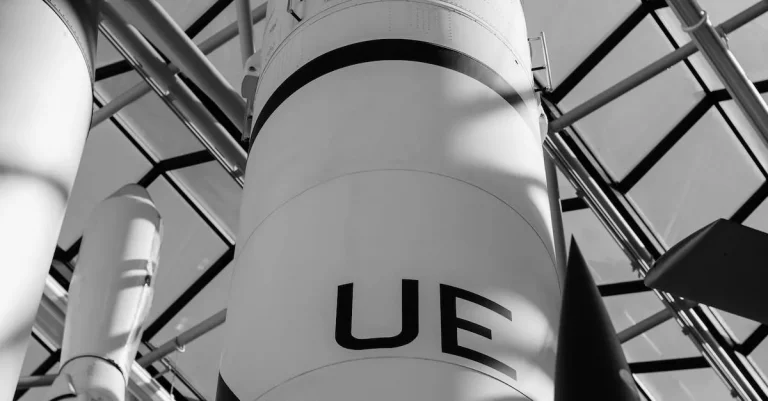Can You See Stars In New York City?
New York City’s bright lights and tall buildings can make it seem impossible to see stars at night. If you’re short on time, here’s a quick answer to your question: Yes, you can see some stars from certain vantage points in New York City, but light pollution significantly limits the number visible compared to dark rural skies.
Light Pollution in NYC
When it comes to stargazing, New York City may not be the first place that comes to mind. The bright lights of the city can often make it difficult to see the stars in the night sky. This is due to the phenomenon known as light pollution.
Excessive Artificial Lighting
New York City is a bustling metropolis that never sleeps, and its streets are filled with bright lights that illuminate the city at all hours of the day and night. The excessive artificial lighting from streetlights, buildings, billboards, and other sources creates a dome of light over the city, blocking out the natural darkness of the night sky.
This excessive lighting not only affects the visibility of stars, but it also disrupts the natural rhythms of wildlife and can have negative impacts on human health. Studies have shown that exposure to artificial light at night can interfere with sleep patterns and contribute to a range of health issues, including insomnia, obesity, and even certain types of cancer.
Reduced Visibility in the Night Sky
Due to the high levels of light pollution in New York City, the visibility of stars in the night sky is greatly reduced. On a clear night, only the brightest stars and planets can be seen, while fainter stars and deep-sky objects such as galaxies and nebulae are typically invisible.
According to a study conducted by the International Dark-Sky Association (IDA), New York City is one of the most light-polluted cities in the world. The study found that the city’s bright lights can be seen from space and that the level of light pollution is so high that it obscures the view of the night sky for residents and visitors alike.
However, there are still opportunities to see stars in New York City. The city has several observatories and planetariums that offer stargazing events and educational programs. These venues provide a controlled environment where visitors can learn about the night sky and observe celestial objects through telescopes.
Additionally, there are some parks and rooftop gardens in the city that offer relatively dark areas where stargazing is possible. These locations provide a respite from the bright lights of the city and allow for a glimpse of the stars.
While New York City may not be the ideal location for stargazing, it is important to remember that light pollution is a global issue affecting many urban areas. Efforts to reduce light pollution and promote dark sky preservation are underway in cities around the world.
By raising awareness and implementing lighting regulations, we can help preserve the beauty of the night sky for future generations.
Sources:
Best Locations to View Stars
Parks and Open Areas
When it comes to stargazing in New York City, finding a spot away from the bright lights can be a challenge. However, there are still some parks and open areas where you can catch a glimpse of the stars.
One popular location is the High Line Park, an elevated linear park built on a historic freight rail line. With its elevated vantage point, it offers a clear view of the night sky. Another great option is Prospect Park in Brooklyn, which has vast open spaces perfect for stargazing.
Central Park is also a viable option, especially if you head to the North Meadow or the Great Lawn. These areas provide a break from the city lights and offer a peaceful setting to observe the stars. Additionally, Fort Tryon Park in Upper Manhattan is known for its panoramic views of the Hudson River, making it an ideal location to escape the city lights and enjoy a mesmerizing view of the night sky.
Higher Elevations
If you’re looking to get even closer to the stars, consider heading to higher elevations within the city. One such location is the Empire State Building. While primarily known for its iconic views of the city, the observation deck on the 86th floor provides an opportunity to marvel at the nighttime sky.
Another option is the Top of the Rock at Rockefeller Center, offering stunning views of the city skyline and a chance to spot some stars.
If you’re willing to venture outside of the city, you can visit the Observatory at One World Trade Center. Located on the 102nd floor, it provides a breathtaking view of the city lights below and the stars above.
These elevated locations not only offer a unique perspective but also provide a clearer view of the night sky, away from the distractions of street-level lights.
Across the Waterways
For a different stargazing experience, consider heading across the waterways surrounding New York City. One option is to take a Staten Island Ferry ride. As you sail across the harbor, you can enjoy the panoramic views of the city’s skyline and the chance to see stars shimmering above.
Another option is to take a night cruise on the Hudson River. These cruises often offer stargazing opportunities along with breathtaking views of the city and its surroundings.
If you’re up for a short trip, you can also visit Coney Island. While primarily known for its amusement park and boardwalk, it offers a unique stargazing experience, especially on clear nights. Sitting by the beach, listening to the waves, and gazing at the stars can be a truly magical experience.
Remember to plan your stargazing adventure on a clear night and check the weather conditions beforehand. Additionally, consider using a stargazing app or a telescope to enhance your experience. Keep in mind that light pollution can still affect the visibility of stars, but with the right location and some patience, you can still enjoy the wonders of the night sky in the heart of New York City.
What Stars Are Visible
Living in a bustling city like New York may make you wonder if it’s possible to see stars amidst all the bright lights. While light pollution can make it challenging to observe the night sky, there are still celestial objects that can be seen from the city that never sleeps.
Let’s explore what stars are visible in New York City.
Moon and Planets
One of the most prominent celestial objects visible from New York City is the moon. Its radiant glow cuts through the city lights, providing a stunning sight for city dwellers. Additionally, several planets can be observed, even from urban areas.
Venus, Mars, Jupiter, and Saturn, the brightest of all planets, are often visible and easily recognizable in the night sky. Depending on the time of year, you might even catch a glimpse of Mercury or Uranus.
Brightest Stars
Despite the light pollution, some of the brightest stars in our sky can still be seen in New York City. Sirius, the brightest star in the night sky, shines with a brilliance that can pierce through the city lights. Other notable stars visible from the city include Arcturus, Vega, and Capella.
These stars provide a sense of awe and wonder, reminding us of the vastness of the universe.
Constellations
New York City residents can also spot some well-known constellations, despite the urban glow. The Big Dipper, a prominent asterism in the constellation Ursa Major, is often visible from the city. Orion, with its distinctive belt of three stars, is another constellation that can be observed.
The constellation Cassiopeia, resembling a W or M shape, is also frequently visible from the city.
While light pollution does impact stargazing in New York City, there are still celestial wonders to behold. By finding a spot with less light pollution, such as a rooftop or a park away from the city center, you can enhance your chances of seeing even more stars.
So, next time you’re in the concrete jungle, take a moment to look up at the night sky and marvel at the beauty of the stars.
Enhancing the Experience
While it may be challenging to see stars in the bright lights of New York City, there are several ways to enhance your stargazing experience. By following a few simple tips, you can still enjoy the beauty of the night sky even in the midst of urban light pollution.
Avoid Additional Light Pollution
To improve your chances of seeing stars in New York City, it is important to minimize additional light pollution. Close your curtains or blinds and turn off unnecessary lights in your home. By reducing the amount of artificial light that seeps into your surroundings, you will be able to see celestial objects more clearly.
Additionally, consider venturing to quieter parts of the city where the sky may be darker and the stars more visible.
Use Optics Like Binoculars
Another way to enhance your stargazing experience in New York City is to use optics like binoculars. With the help of binoculars, you can magnify the faint light emitted by stars, making them easier to see in the city’s bright skies.
Binoculars also allow you to observe celestial objects in greater detail, such as the craters on the moon or the rings of Saturn. It is recommended to choose binoculars with a higher magnification power and a wide field of view for optimal stargazing.
Attend Star Parties
Attending star parties is a great way to enhance your stargazing experience in New York City. These events are organized by astronomy clubs and organizations, providing an opportunity to gather with like-minded individuals and learn from experts in the field.
At star parties, you can use powerful telescopes to observe celestial objects that are not easily visible to the naked eye. These events often take place in areas with less light pollution, offering a better chance to see stars and other astronomical wonders.
Pro Tip: Check out the New York City Skywatchers website for information on upcoming star parties and other stargazing events in the area.
Conclusion
While New York City’s dense urban landscape makes stargazing challenging, some night sky sights can still be seen by heading to optimal viewing spots, knowing where to look, and using techniques to overcome light pollution. A limited but rewarding celestial experience awaits for those willing to discover the stars over NYC.








